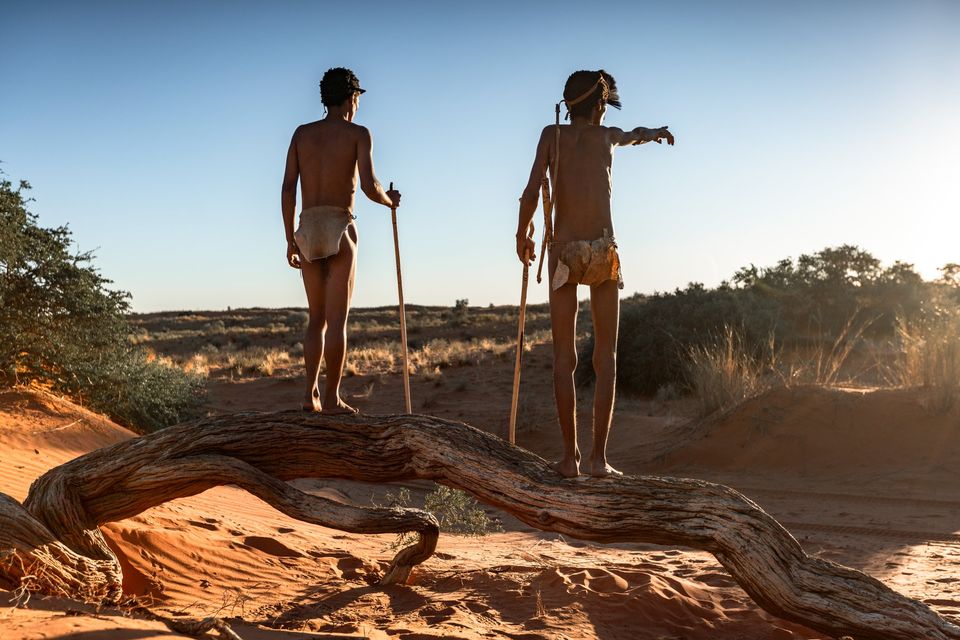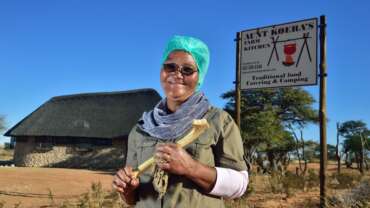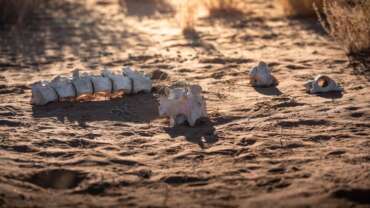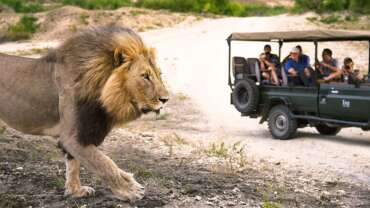The Tsitsikamma Woodcutters’ Journey: explore a beautiful indigenous forest
The Tsitsikamma Woodcutters’ Journey, a forest tour through the beautiful Tsitsikamma Forest National Park on the Garden Route n Western Cape province, will introduce you to ancient hardwood, yellowwood and stinkwood trees, fascinating forest ferns, and many birds, baboons and butterflies. If there is an Eden on Earth, this could just be it.
Although you can walk or cycle around this, one of South Africa’s most beautiful national parks, without supervision, the Tsitsikamma Woodcutters’ Journey offers a guided forest tour in a specially designed vehicle, with fully qualified naturalists pointing out the natural wonders of the Tsitsikamma forest and explaining their significance as you trundle through it.
As you start your Tsitsikamma Woodcutters’ Journey, look north to where Storms River Peak rises some 1 016m above sea level. To the south is the Indian Ocean.
The Tsitsikamma consists of afro-montane forest. Rainwater-fed streams tumble down through tall trees and thick undergrowth – it’s no surprise that the name Tsitsikamma means ‘place of many waters’.
Apart from the fine old indigenous trees, such as Outeniqua yellowwood and stinkwood, there are 20 different fern species, including the prized forest ferns, many tons of which are regularly exported to Europe.
Your guide will let you feel the aptly named leather fern, and point out the crazy-leaf fern, the seven-week fern and the lovely storm lily. It’s cool in the forest, but because you’re in the southern hemisphere, notice how the sun slants from the north through the forest canopy.
Check out the ‘Bushman’s bedding’ – the soft growth of the helichrysum. You’ll love the eucalyptus-like smell and, as the San people knew so well, insects despise it. A fresh infusion of the leaves is also believed to relieve asthma, high blood pressure and stress.
However, you’ll be far from stressed on this tranquil forest journey. Look out for some of the many creatures that call this forest home, such as the Cape clawless otter and hundreds of birds – including the elusive Narina trogon.








